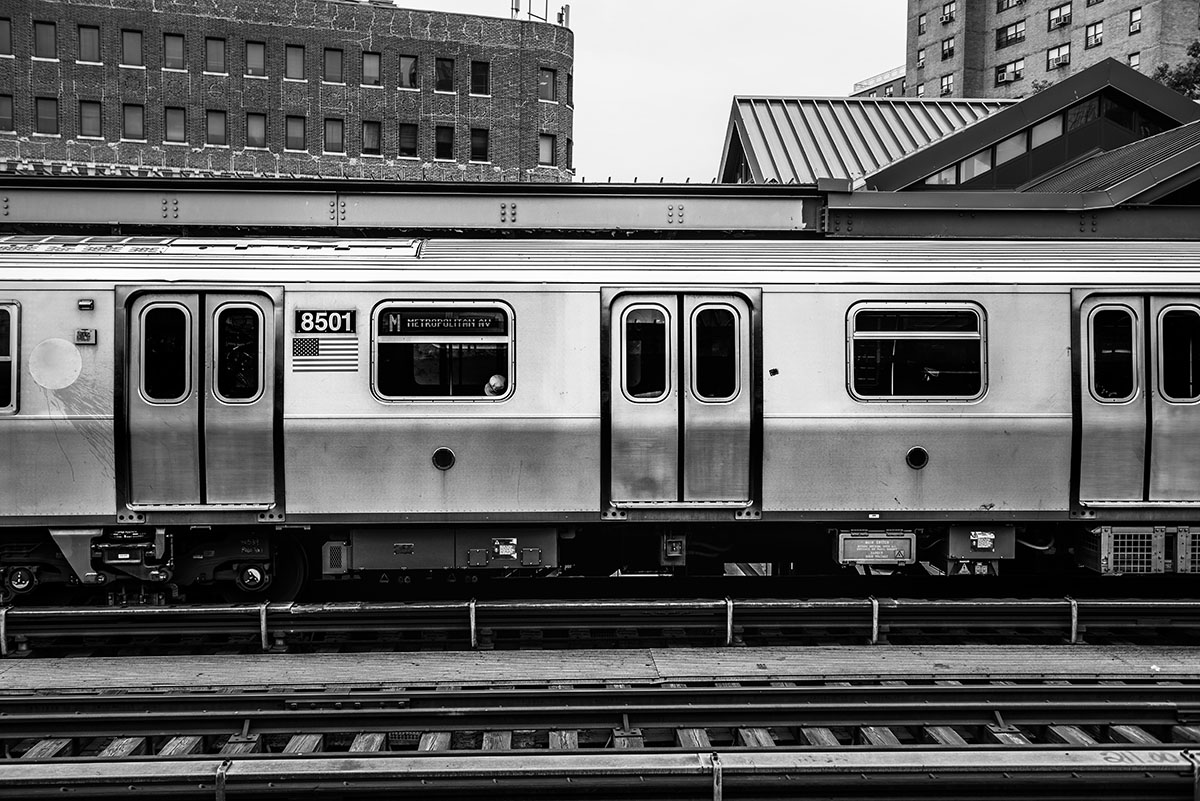The MTA's Escalating Cost Crisis: Answers to Questions About the Metropolitan Transportation Authority’s Finances

Executive Summary
Performance at the Metropolitan Transportation Authority continues to slip, with only 65% of subway trains running on time during the first five months of 2017, down from 86% five years ago. Trains are also failing more often: every 115,527 miles, down from 170,206, or a 32% decline, from half a decade ago. In April 2012, 21,944 trains suffered delays. By April 2017, the figure had risen to 58,651. This year, riders have put increasing pressure on the governor, who names a plurality of the MTA’s board members, to improve the situation. Government officials, including the governor, as well as outside policymakers, have blamed a lack of funding. Yet a historical review of the MTA’s finances reveals that the authority is taking in a record amount of revenue.
The MTA’s revenues have more than kept up with inflation and with service enhancements to keep up with ridership growth. Even as the MTA’s revenues have increased over the decades, its costs to operate subways, buses, and commuter rails have outpaced these gains. Over little more than a decade, the MTA’s costs, excluding debt service, have outpaced inflation by 50%. This fundamental imbalance prevents the state from providing New Yorkers with the transit service that a growing city demands. Below are answers to some questions about the transportation authority’s finances.
______________________
Nicole Gelinas is a senior fellow at the Manhattan Institute and contributing editor at City Journal. Follow her on Twitter here.
Are you interested in supporting the Manhattan Institute’s public-interest research and journalism? As a 501(c)(3) nonprofit, donations in support of MI and its scholars’ work are fully tax-deductible as provided by law (EIN #13-2912529).